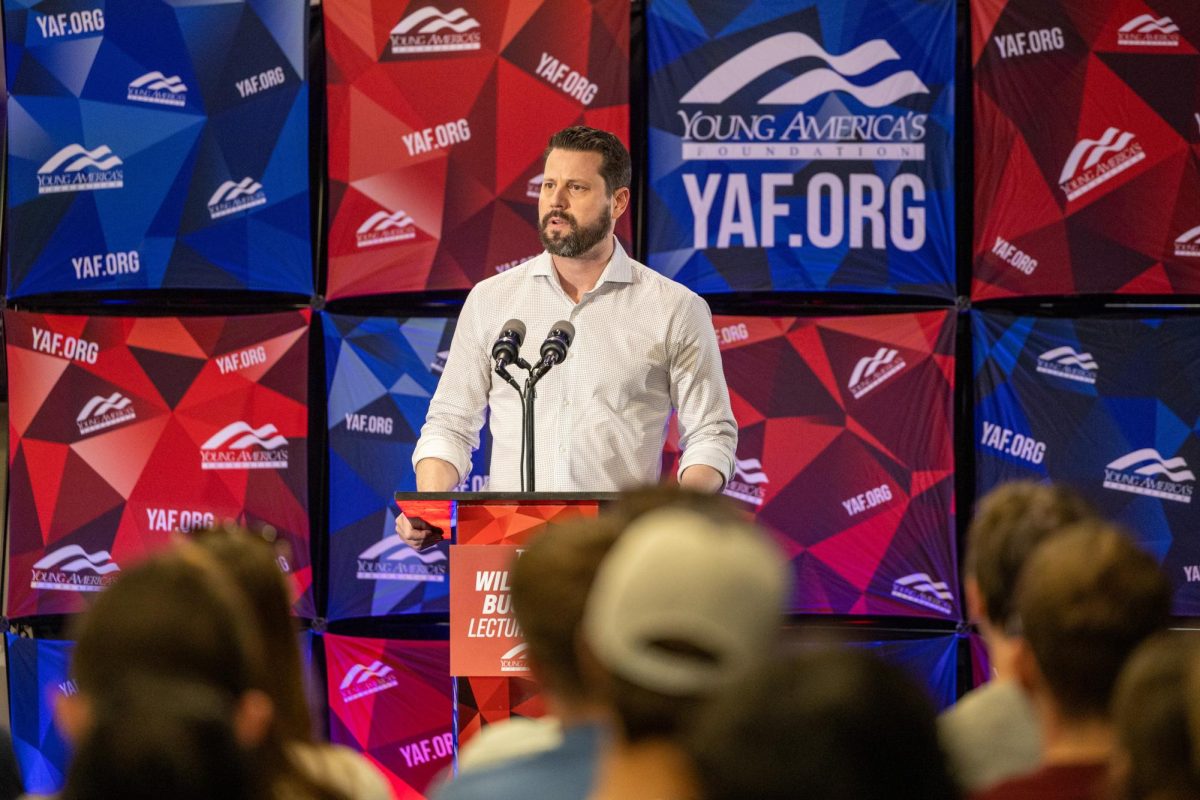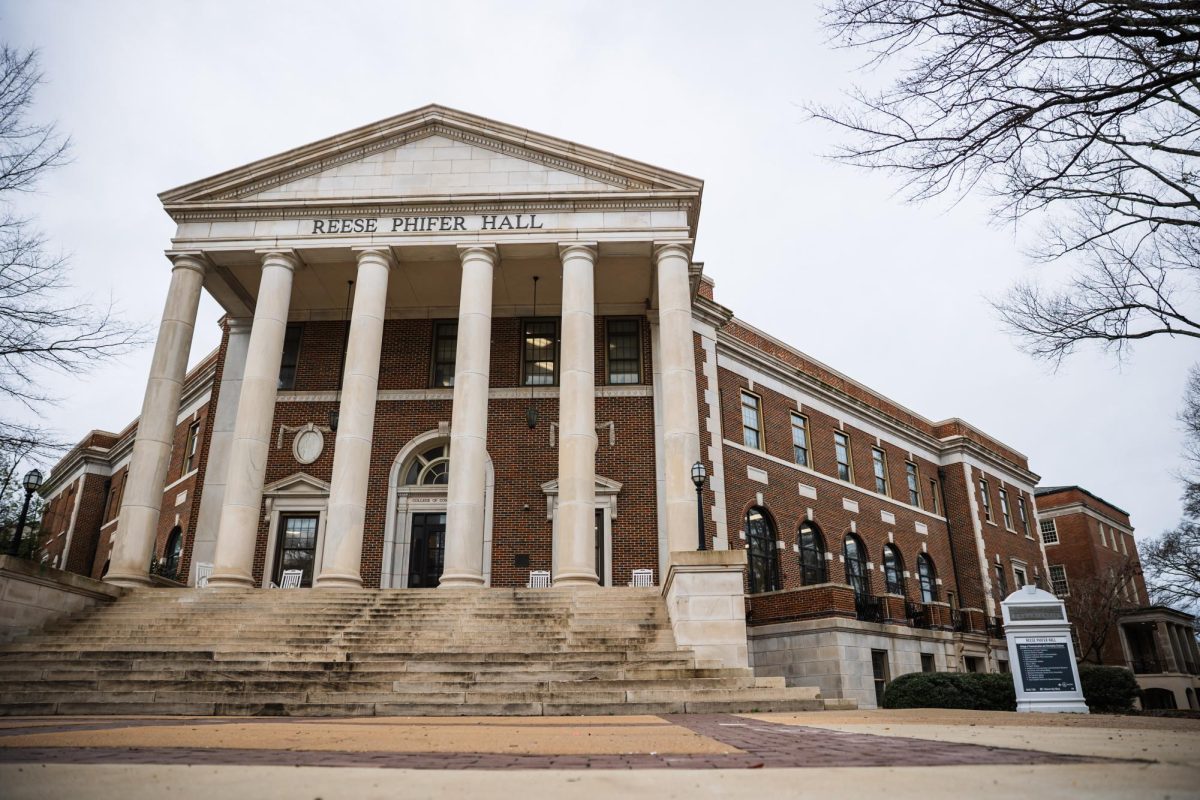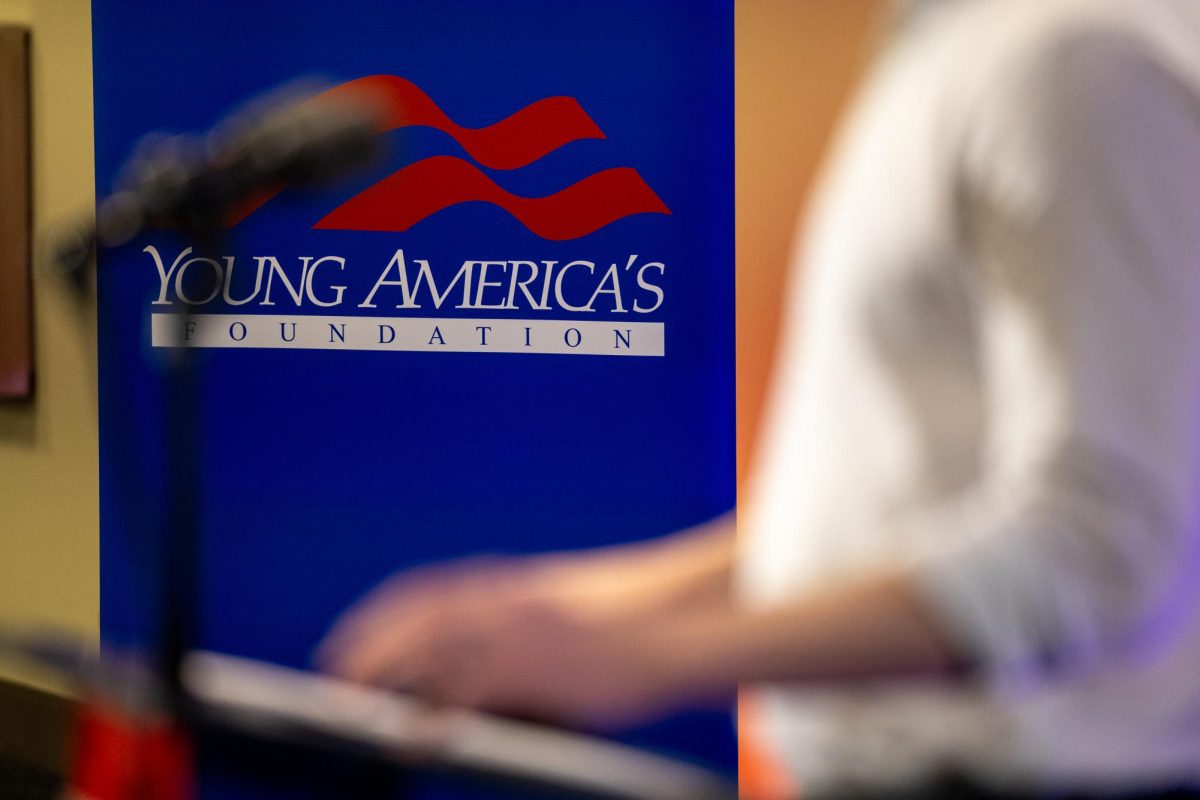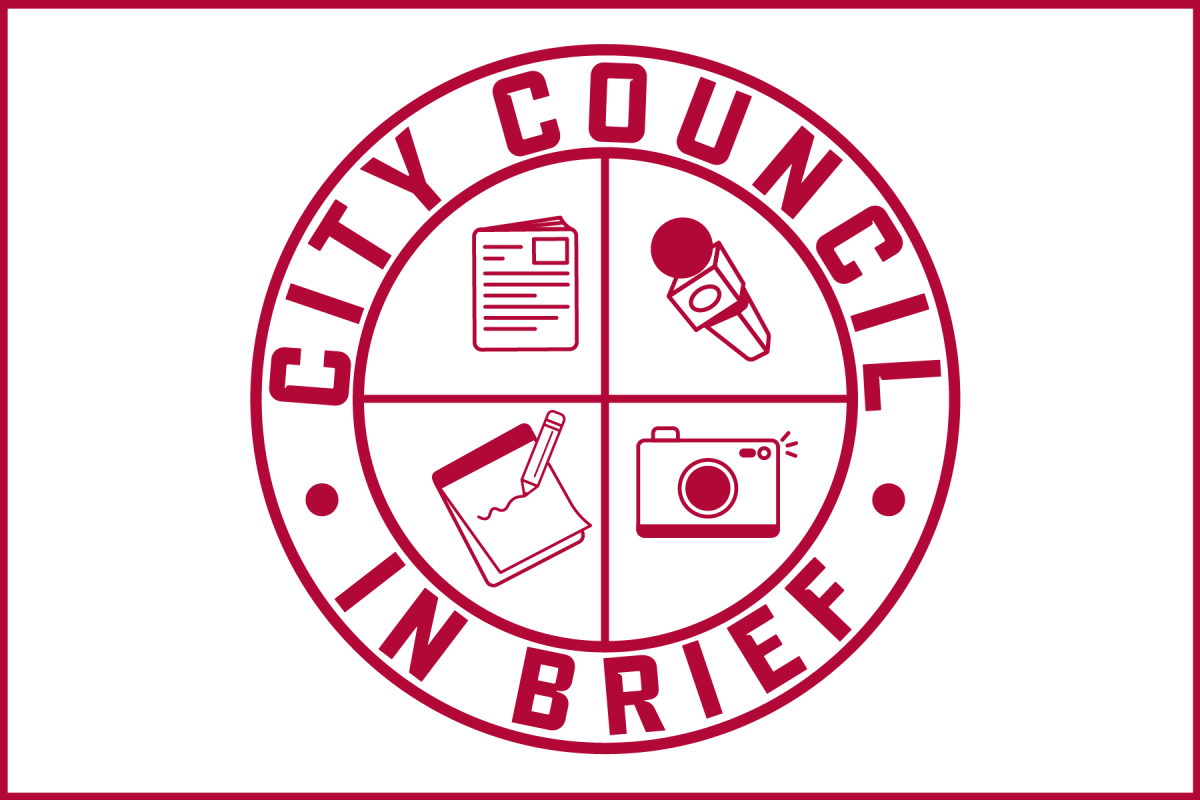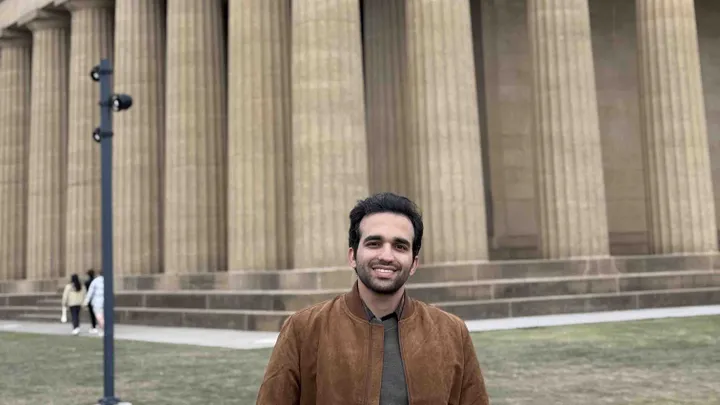According to a recently released survey of Alabama executives, one of the top five issues facing the state are education and workplace training, but students coming out of The University of Alabama don’t feel as ill-prepared as they’re perceived.
Since 2013, businesses have been asked to participate in the Alabama Business Confidence Index survey every quarter to ask the opinions of business leaders about the state and their companies.
Peter Harms, an assistant professor in the Culverhouse College of Commerce, said many organizations in town like DCH and others have trouble staffing positions in all levels of organization.
“One of the things I’ve noticed since I moved to Alabama is we are fantastic at bringing in some of the best talent in the country to our universities,” Harms said. “At the same time, keeping them here is a big issue.”
This can be chalked up to out-of-state students leaving the state after graduation. Harms said a big challenge for the state is how to keep students here after graduation by showing them what opportunities are available.
“The University loves it when they see our students and they go and work on Wall Street or they go to Chicago, L.A, or Tokyo and London,” Harms said. “That’s success for us.”
While this enhances the reputation of the University, Something that is neglected is focusing on keeping Alabama graduates in the state. For Harms, this is a “tricky thing” in that the university serves more than one purpose.
“To some degree, that is a symptom of the success of universities,” Harms said. “We tell young people, if you want to be successful in life, come to a university. We’re not telling people become an electrician or a bricklayer or a welder. It turns out, those are the jobs the economy needs almost more than anything else.”
As an Alabama native, when Carter Autrey was in high school, he told his friends that he would leave Alabama. Since attending The University of Alabama, he decided to stay and work in Birmingham where he grew up.
While he might not stay in Alabama long-term, Autrey, a senior majoring in marketing and management, said he is “thrilled” to be starting his job in Birmingham in July.
“It’s really cool to see there’s a lot of growth going on in Birmingham,” Autrey said. “I really want to be a part of that. I’m working with a startup in Birmingham right now. As a business student, something I’m really into is being able to give back to the community.”
For some business leaders from the survey, emphasis from four-year colleges should be shifted to vocational schools. Such schools focus on trade-training and jobs that start at the high school level.
“It’s very difficult to find skilled, educated and dependable employees,” said Viktoria Riiman, a socioeconomic analyst for the UA Center for Business and Economic Research.
Based on the state’s business leaders’ comments in the ABCI survey, a primary concern for the future is workforce preparedness.
“The economy is essentially a system of workforce and it is all a part of the economy,” Riiman said. “If you have businesses that are struggling to get an educated workforce, that means the businesses are struggling, not running at full capacity and efficiency.”
Autrey said he believes that the University has prepared him to enter the workplace. He said his marketing and management classes have helped him with critical thinking. Having a strong work ethic and drive to learn new responsibilities is something he said is important for people who are starting a new job.
“I definitely think there is a gap between what we’re taught in class and what you’re expected to know and have under your belt whenever you go into a job or workplace,” Carter Autrey said.
Stephen Katsinas, director of the University’s Educational Policy Center, or EPC, said funding contributes to the top issue facing education in the state.
“If Shelton State Community College is so badly underfunded that it cannot produce all of the engineering tech, automotive tech and industrial maintenance graduates that Mercedes and its suppliers need, they will go out of state to find that workforce,” Katsinas said.
Underinvesting in public higher education is limiting for the state’s workforce, especially in a tight labor market. A 2015 EPC study for the Higher Education Partnership of Alabama found that investment in higher education produces higher per capita incomes for Alabamians.
Katsinas said this results in more income tax receipts, which produces more funds for all of education, resulting in continuous per capita income increases.
“Just one percent of all state and federal student aid investments comes from our state, ranking Alabama last among the 16 Southern Regional Education Board states,” Katsinas said. “The average state investment is 29 percent, but Alabama invests just one percent.”
Katsinas said this basically makes Pell Grants the main in-state student aid program.
“In essence, it has affected local well-being and the state’s economic well-being,” Riiman said.
To make people aware, Alabama can spread the word of labor opportunities, Harms said. An example he uses is an unskilled laborer could get a two-year welding degree. This could result in tripled income since that person is now considered a skilled laborer.



